 FEATURE
FEATURE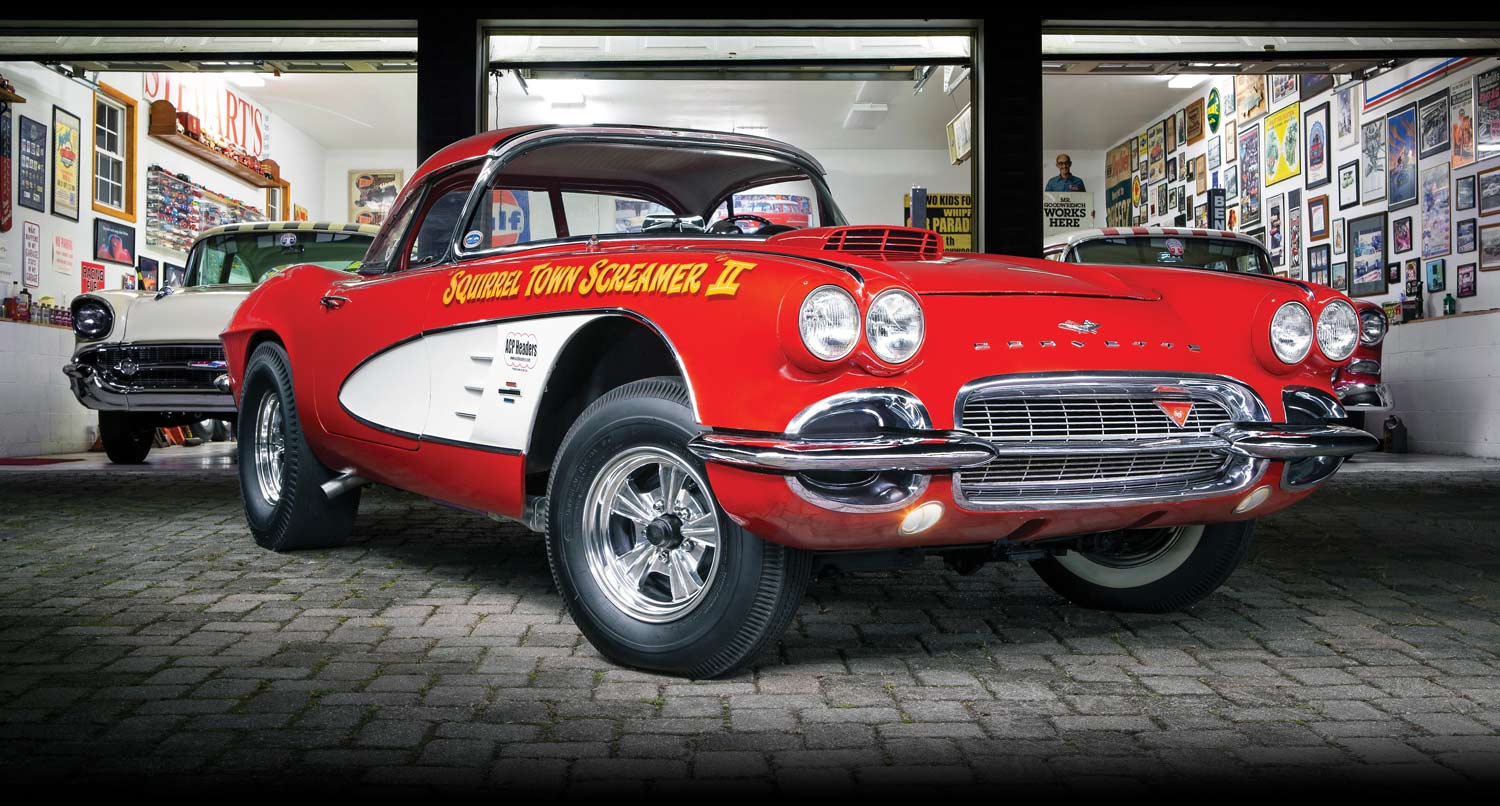

 Photography by The Author
Photography by The Authoret’s pretend you’re watching The Twilight Zone and Rod Serling says, “Imagine, if you will, in 1972, at the age of 17 you could buy a ’63 fuelie Corvette for $1,200 as your first car.” If you think that sounds like science fiction, Butch Szollosy will tell you that was science fact. Back then, C2 Corvettes could be snapped up on the cheap. While that C2 was his first ride, it was only in his possession for a short eight months—it “nickel and dimed” him to death with blown engines. As a result, it was sent to a new home and a ’69 Nova with a warmed-over 302 small-block took its place. That managed to stay with him for about two years until the urge for a Corvette returned, enticing him was a silver ’61 for sale at a local used car lot. Butch recalls, “We had an Army base in our town and the recruiter there was getting transferred so he sold the Corvette to this little used car lot. I ended up paying $1,200 for it.”
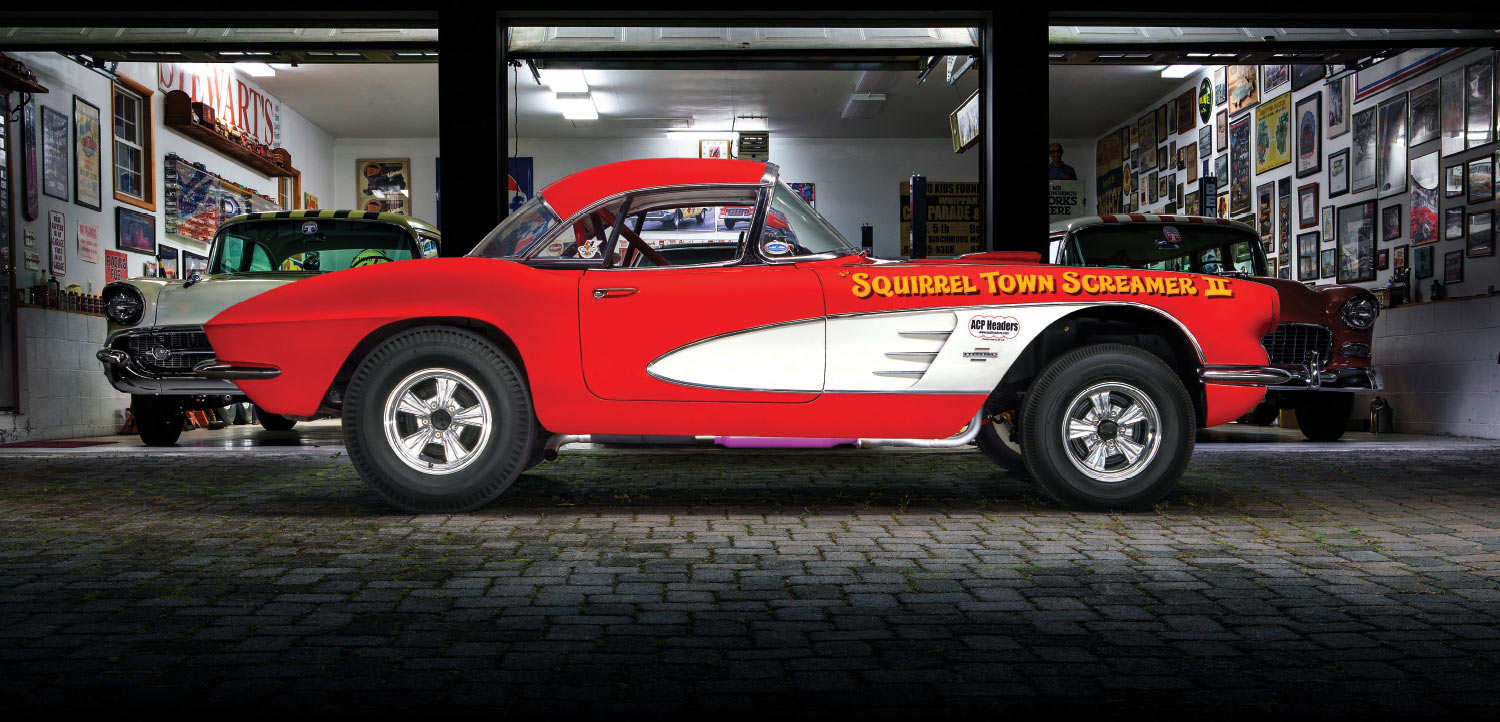

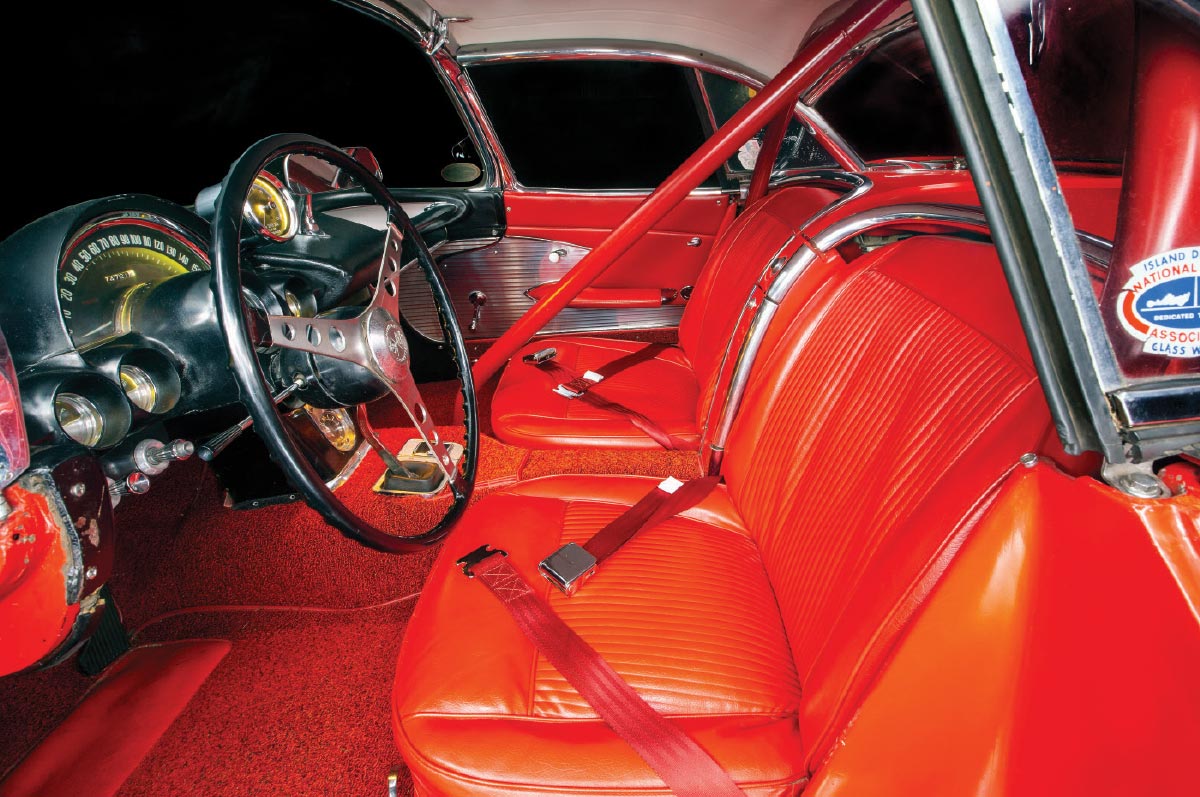

When the C1 was sold in 1974, it ended up a few towns over. In the beginning Butch stayed in contact with the new owner. “The guy didn’t know much about Corvettes so he would call me and ask me questions,” he notes. “He enjoyed the fact that I was so honest when I sold the car to him.” As time passed, he lost contact with the guy and it just became another car in a long list of cars that he owned over the years.
Things for him and the ’61 came full circle in 2012 when he drove by the owner’s house and spotted the Corvette parked in the garage buried under a pile of boxes. That stop led to the reacquisition of the car, however, it wasn’t quite the same as when it left back in 1974. Early on, the owner had castrated its performance for the sake of driveability by removing the headers, hi-rise intake and carb, generator, and 4.56:1 gears. In their place were stock manifolds, a stock intake and Quadrajet, HEI ignition, an alternator, and 3.55:1 gears, plus a new red interior and red lacquer paintjob. There is some irony in all of this. Butch claims the guy told him that he only drove it three times in 38 years and that “it drove like a buckboard” and he couldn’t understand why he even bought it back in the first place.”

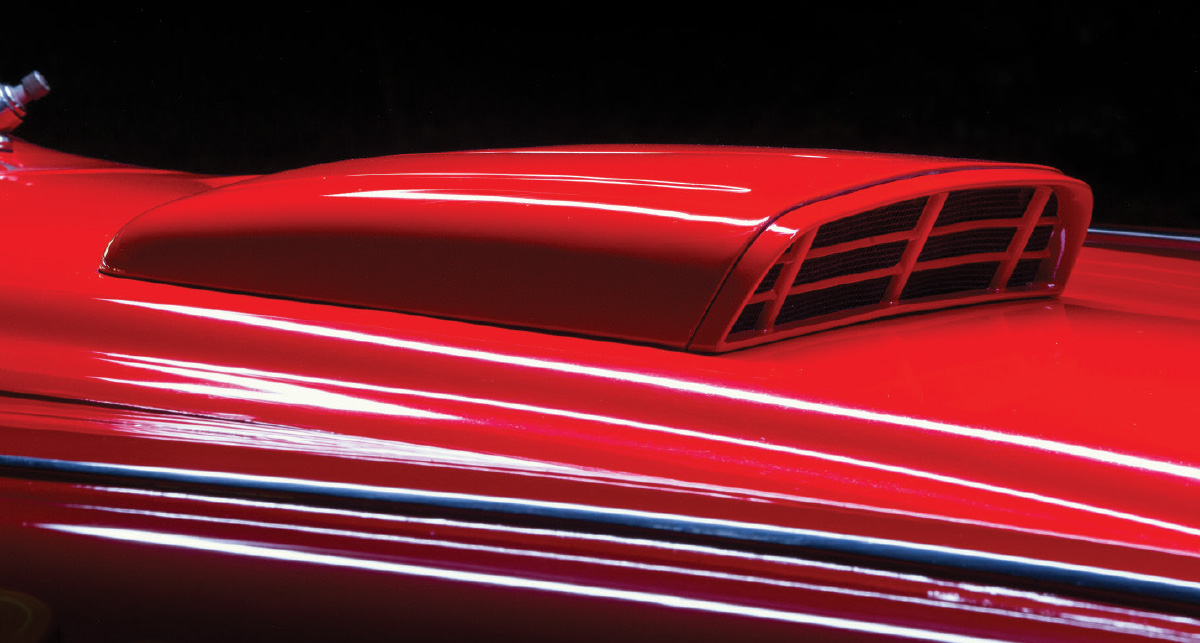
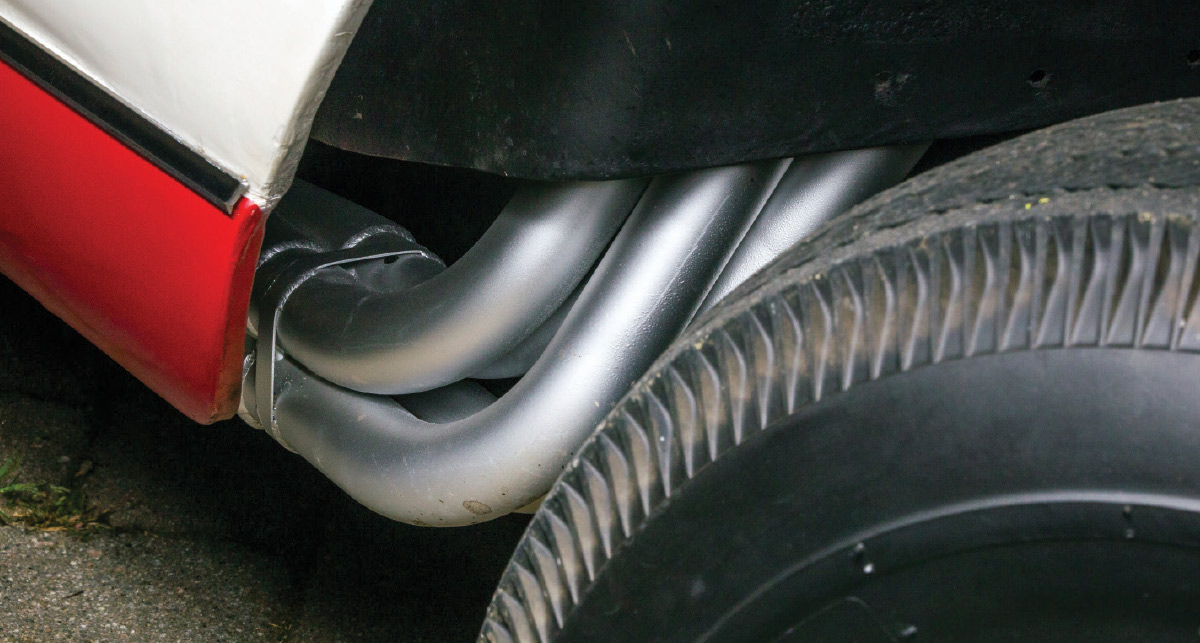
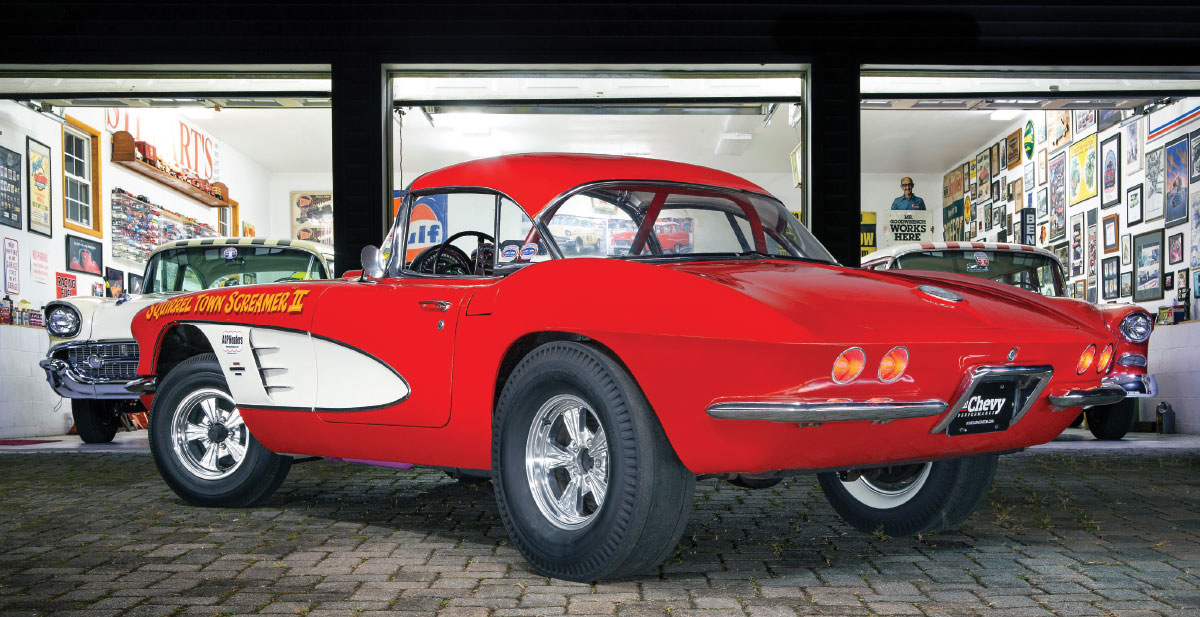


The usual after-the-fact question often asked is: “What could have been done differently?” Butch simply answers, “nothing.” It is exactly as he would have built it back when he was 19. The only upgrade that hasn’t taken place yet is the addition of a Ford 9-inch rear so he can finally do some passes down the track.

Vehicle: ’61 Chevrolet Corvette
Type: Cast-iron block
Displacement: 327 ci
Compression Ratio: 11.0:1
Bore: 4.00 inches
Stroke: 4.25 inches
Cylinder Heads: Stock GM cast-iron
Rotating Assembly: Forged crankshaft, stock forged connecting rods, stock aluminum forged pistons
Camshaft: Duntov 30-30 solid roller
Induction: Factory aluminum dual-quad intake, Carter WCFB carburetors
Ignition: Stock distributor with PerTronix Ignitor II breakerless conversion
Exhaust: Stahl/ACP fenderwell headers, Flowtech Purple Hornie collector mufflers
Ancillaries: Delco Remy generator, stock mechanical fuel pump
Output: 350 hp/360 lb-ft
Transmission: Muncie M21 four-speed, McLeod 11-inch clutch
Rear Axle: Stock GM, 4.11:1 gears
Front Suspension: Stock solid axle with 3-inch spacers, stock steering box, Monroe shocks
Rear Suspension: Stock rear, Monroe shocks
Brakes: 11-inch drum (front), 11-inch drum (rear)
Fabrication: Ian Jones, Harry’s Hot Rod Shop (Dover, NJ)
Wheels: Radir Tri-Ribb III; 14×6 (front), 15×6 (rear)
Tires: Universal; 610/14 (front), Radir Piecrust Cheater slicks 820/15 (rear)
Seats: Al Knoch Interiors
Shifter: Hurst
Instrumentation: Stock and Sun Tach
Wiring: American Autowire
Rollcage: Lakewood three-point rollbar
Paint: Red lacquer
Graphics: Hand lettering by Alan Johnson Grafix (Blairstown, NJ)
